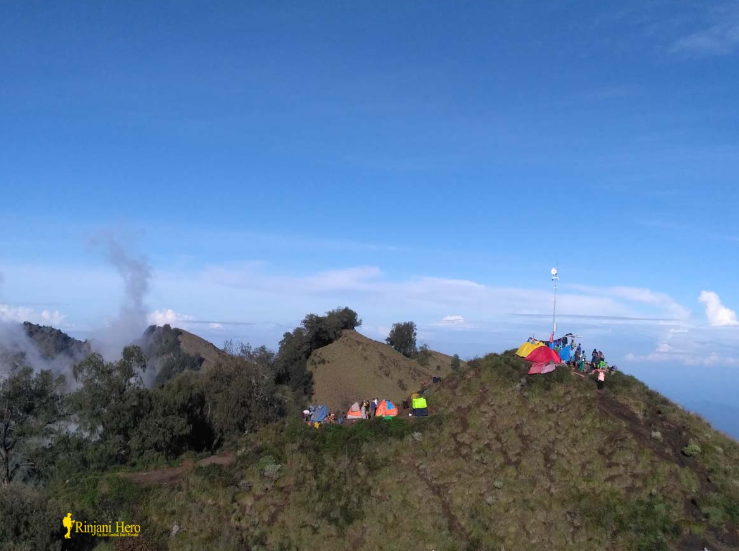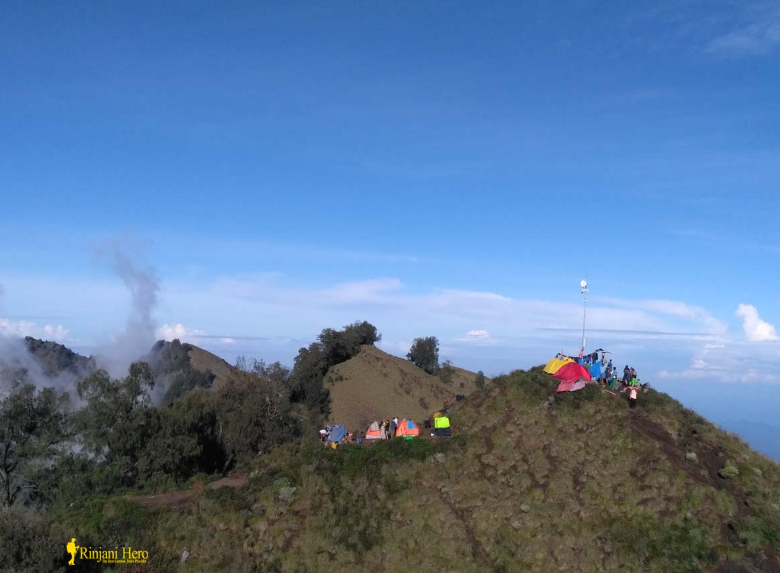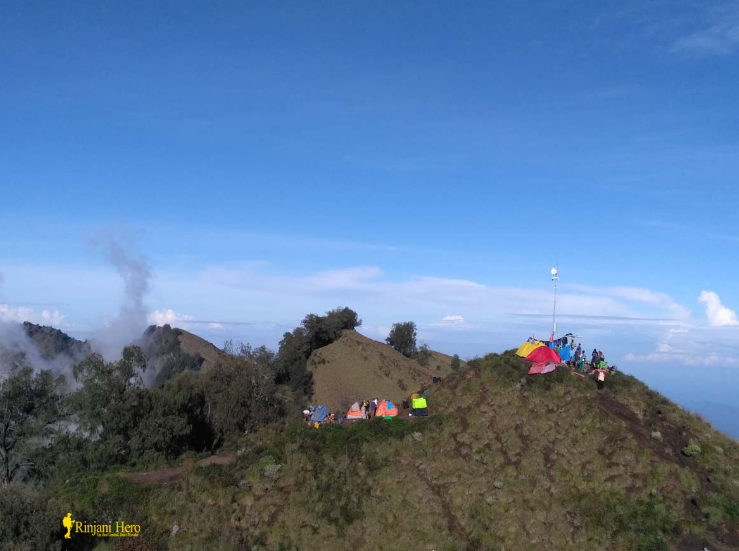Trekking Mount Rinjani
Trekking Mount Rinjani is an unforgettable experience for outdoor enthusiasts and nature lovers. Located in Lombok, Indonesia, Mount Rinjani is the second-highest active volcano in Indonesia, standing at 3,726 meters (12,224 feet) above sea level. The trek to its summit offers breathtaking views, an opportunity to witness volcanic landscapes, and a challenging adventure that promises to push your limits.
In this guide, we’ll answer the most frequently asked questions about trekking Mount Rinjani, provide essential tips for preparation, and ensure you have all the information to make your journey a success. Whether you’re a seasoned trekker or a beginner looking for an adventure, this guide will cover everything you need to know.
Why Trekking Mount Rinjani is a Must-Do Adventure
Mount Rinjani is renowned for its challenging trek, stunning landscapes, and diverse ecosystems. The journey to the summit or the crater lake, Segara Anak, is an adventure in itself, offering everything from lush rainforests to rocky terrains. The trek allows you to witness panoramic views of Lombok, the island of Bali, and the surrounding seas.
- The Scenic Beauty
Trekking Mount Rinjani rewards you with an array of landscapes—from dense tropical forests, cascading waterfalls, and grassy savannas to volcanic craters and shimmering crater lakes. At the summit, you’re treated to one of the best views in Indonesia, with a chance to look over the vast expanses of land below. - The Challenge
This is not a trek for the faint of heart. The difficulty level ranges from moderate to challenging, especially the summit hike. Climbers must be ready for steep ascents, sharp descents, and unpredictable weather conditions. However, the challenge is what makes the experience so rewarding, and the sense of accomplishment when you reach the summit is second to none. - Cultural and Natural Significance
Mount Rinjani holds spiritual importance for the Sasak people of Lombok. The crater lake, Segara Anak, is considered sacred, and it’s common to see offerings left by locals during their pilgrimages. The trek offers the chance to learn about the island’s culture and history while enjoying nature’s pristine beauty.
Key Information for Trekking Mount Rinjani
Best Time to Trek Mount Rinjani
The best time to embark on a trek to Mount Rinjani is during the dry season, which runs from April to October. During these months, the weather is more predictable, and the trails are easier to navigate. The rainy season, from November to March, can make the terrain slippery and more difficult to trek, so it’s advisable to avoid this period.
Trekking Routes
There are various routes to summit Mount Rinjani, but the most popular ones are:
- Sembalun Route
This is the most commonly used route for summiting Mount Rinjani. It begins in the village of Sembalun and takes approximately 3 days to complete. The route is challenging but offers the best panoramic views of the surrounding landscape. - Senaru Route
The Senaru route is slightly steeper but offers incredible views of the lake and the summit. Many trekkers choose this route for the opportunity to visit the stunning Tiu Kelep Waterfall. - Crater Rim Trek
For those who don’t have the time to summit, the Crater Rim trek is a popular choice. It offers spectacular views of the volcano’s crater lake without the strenuous climb to the summit.
Required Permits and Fees
To trek Mount Rinjani, trekkers must obtain a permit from the Rinjani National Park authorities. The permit includes a fee that varies depending on the trekking package you choose. Many trekking agencies include the permit in their packages, so be sure to check before you go.
Safety and Preparedness
Trekking Mount Rinjani can be a challenging adventure, so it’s crucial to prepare thoroughly. Here are some safety tips:
- Physical Preparation: Trekking Mount Rinjani requires stamina and strength. It’s essential to train before the trek by engaging in cardio, leg exercises, and endurance training.
- Clothing: Layering is essential to deal with the fluctuating temperatures. Bring breathable, moisture-wicking clothes, and be sure to pack a good pair of hiking boots with ankle support.
- Water and Food: Stay hydrated and carry enough water and energy snacks for the hike. There are no reliable water sources once you start the trek, so plan accordingly.
- Weather Awareness: The weather in the mountains can change rapidly. Always check the weather forecast before your trip, and be prepared for rain and cold temperatures at higher altitudes.
- Guides and Porters: Most trekkers opt to hire local guides and porters. A certified guide can help you navigate the trails and ensure your safety throughout the journey.
What to Expect on the Trek
Day 1: Sembalun to Crater Rim
The trek begins early in the morning from the village of Sembalun. After registering your permit, you’ll start your ascent through the open savannah landscape, enjoying spectacular views of the surrounding valleys. The hike can be demanding, but the scenery is rewarding. After a long day of trekking, you’ll camp at the Crater Rim, with views of the crater lake and summit.
Day 2: Crater Rim to Summit and Descent to Lake Segara Anak
The second day is the most challenging, as you’ll wake up early to hike to the summit. The final ascent is steep and involves climbing on rocky terrain, but once at the top, you’ll be rewarded with panoramic views of Lombok, Bali, and the Indian Ocean. After reaching the summit, you’ll descend to Segara Anak Crater Lake, where you’ll camp for the night.
Day 3: Exploring Crater Lake and Descent to Senaru
On the final day, you’ll explore the Segara Anak Crater Lake and its surroundings before beginning the descent toward Senaru. This part of the trek takes you through lush forests and steep trails, eventually bringing you back to the village of Senaru.
Why Choose a Guided Trek for Mount Rinjani?
While it’s possible to trek Mount Rinjani independently, most trekkers prefer guided tours for safety reasons and convenience. Local guides have in-depth knowledge of the trails, safety protocols, and weather conditions. They can also help you understand the cultural significance of the mountain, which can enrich your trekking experience.
Trekking Mount Rinjani is an adventure of a lifetime. Whether you’re a seasoned trekker or a beginner, the challenge and beauty of this trek will leave you with memories that will last a lifetime. By preparing adequately, choosing the right route, and hiring a certified guide, you can ensure that your trek to the summit or crater lake is a safe and rewarding experience. Be sure to plan your trek during the dry season, bring the proper gear, and take care to follow the safety recommendations for a successful and unforgettable adventure.




